There is a really quick and easy check that you can do.
It is called the stretch test.
Begin at the back. Grab the two buckles and pull them apart. It does not need much force, only about 3-4 lbs of pull. Watch across the back of the kilt, at the pleats. You should not see any give or stretch between the buckles. Absolutely none.
Here is a kilt that fails the stretch test in a rather dramatic way. Can you see that the kilt has stretched, the fabric distorted and the stitches are under stress?
And this is only about 2 lbs. of pull.
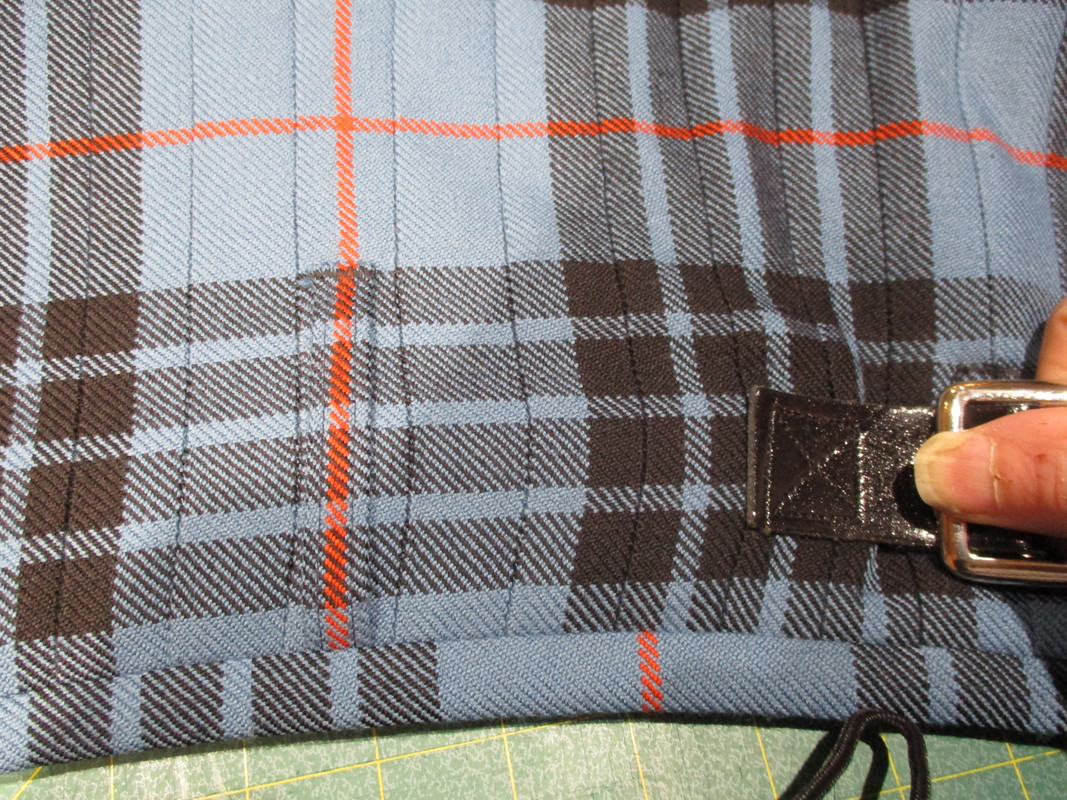
The most common cause of failing the back stretch test is that the stabilizer has been left out, the buckle tabs have not been anchored to the stabilizer or the stitching of the stabilizer and/or interfacing is too loose.
Then do the same thing with both aprons. Grab a strap and a buckle and pull. Again, there should be no stretch, none, nada. The apron edge where the strap is sewn on should not distort and no puckering should appear across the middle of the aprons. Check to see if the strap hole shows any hint of distortion.
Any stretch or distortion in the aprons is usually caused by the pieces of the interfacing not being sewn together into one integral unit or the strap has not been sewn all the way through, or the stitching is too loose. The kilt in this photo is brand new and you can see that there is no pull on this strap at all. The distortion is quite evident
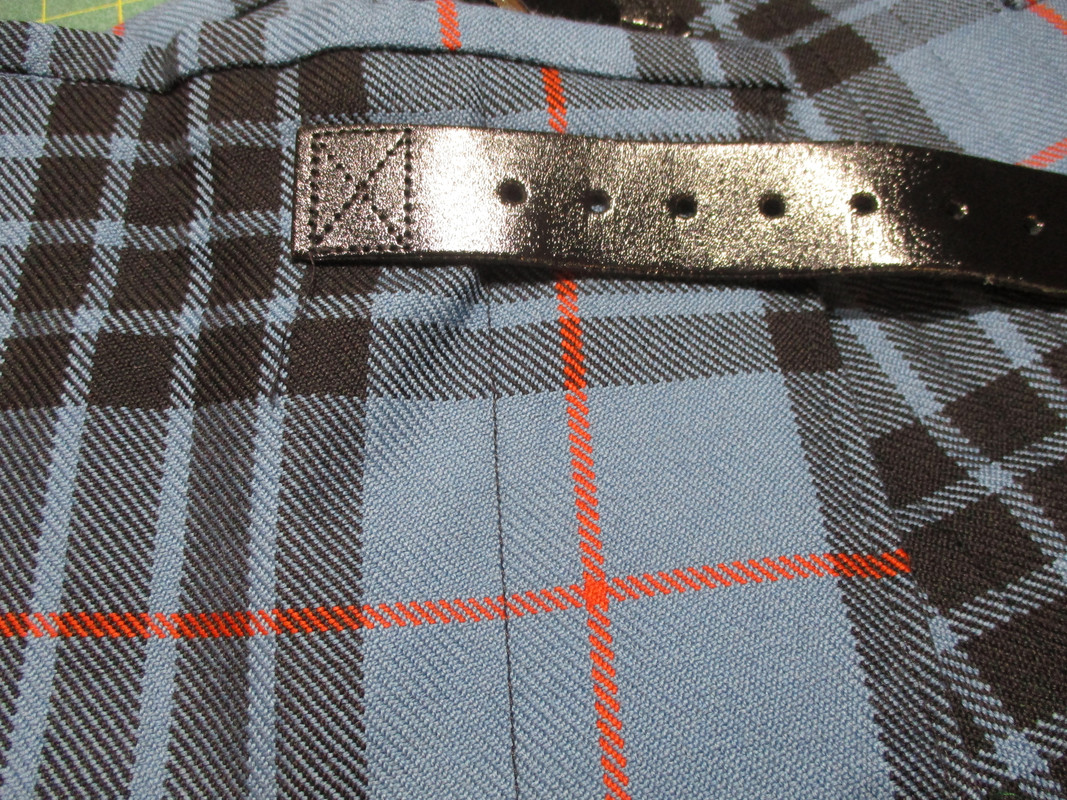
In this kilt, while there is a liner and there is interfacing - and this kilt was sold as a premium quality, hand stitched Traditional kilt - they are present in name only.
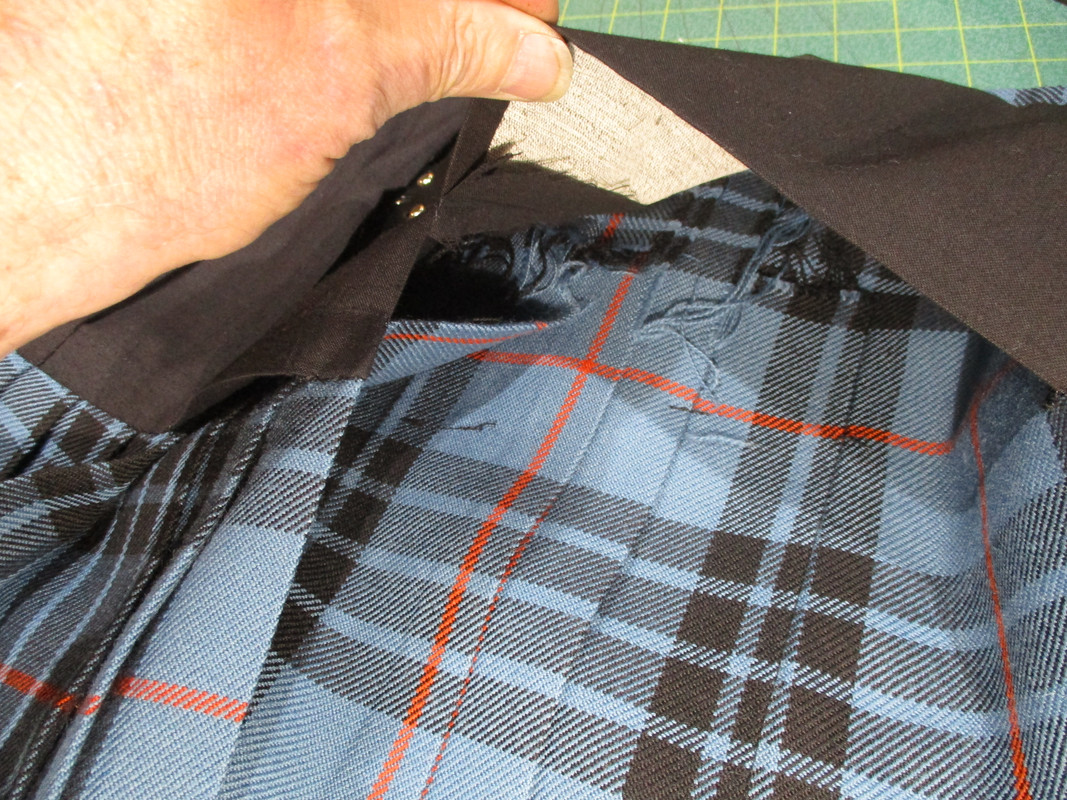
If your kilt fails the stretch test it may be a good idea to take the liner out and install a stabilizer and check that the interfacing and buckle tab and strap stitching is nice and secure.
You would only be out a day, maybe a day and half's worth of work to make the kilt right.
The stretch test checks in the horizontal direction. This tests the stabilizer.
To check if the interfacing is doing what it is supposed to do try to stand the kilt up all by itself.
The kilt in the front has failed. The kilt in the back passes.
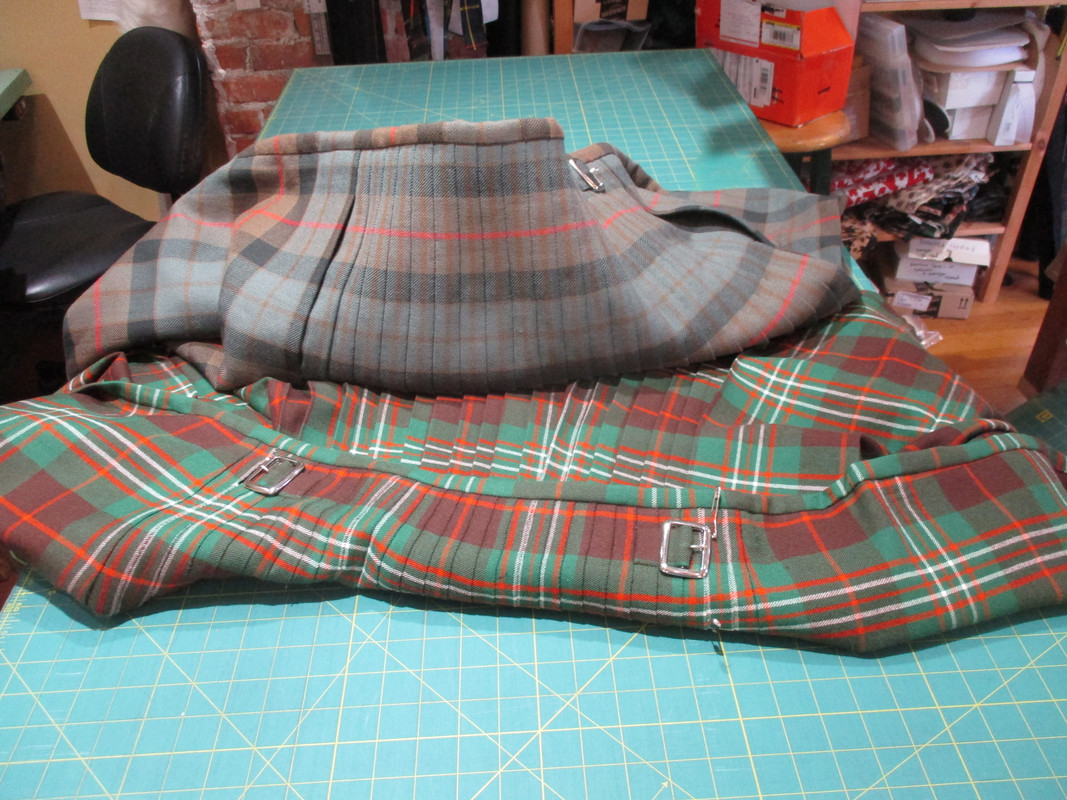
But after a re-build the kilt passes with flying colors.
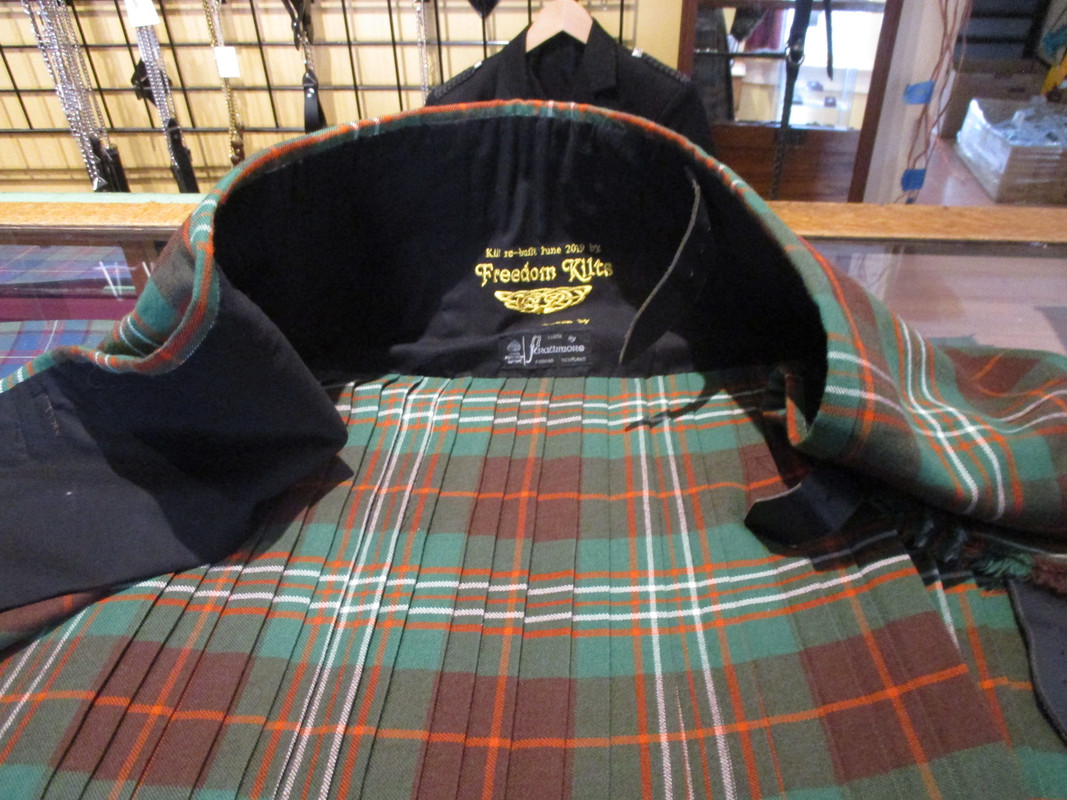




















Bookmarks